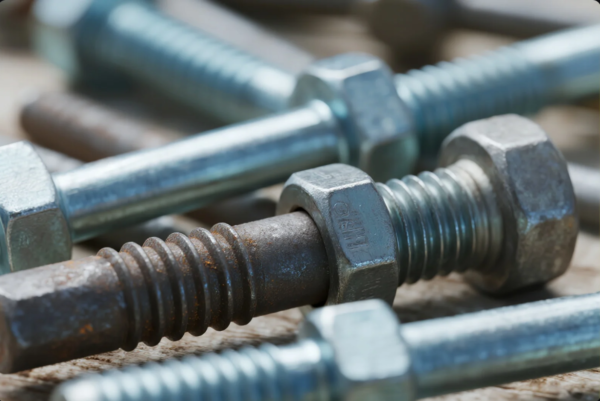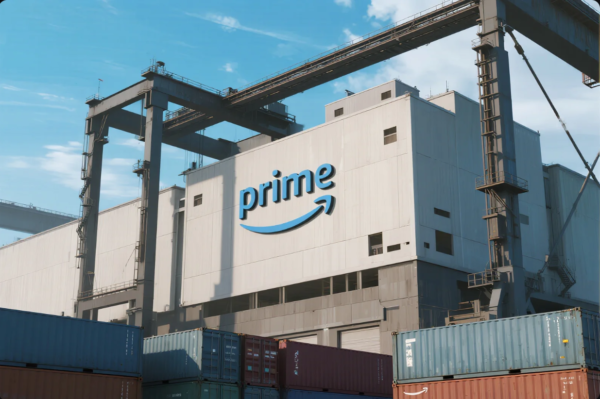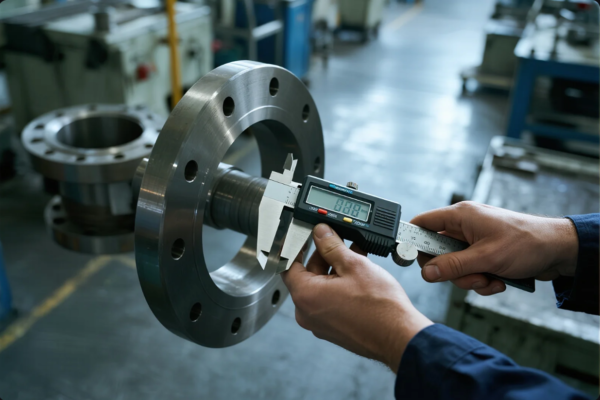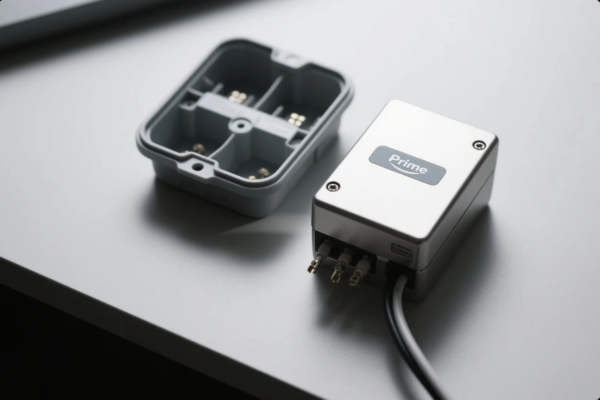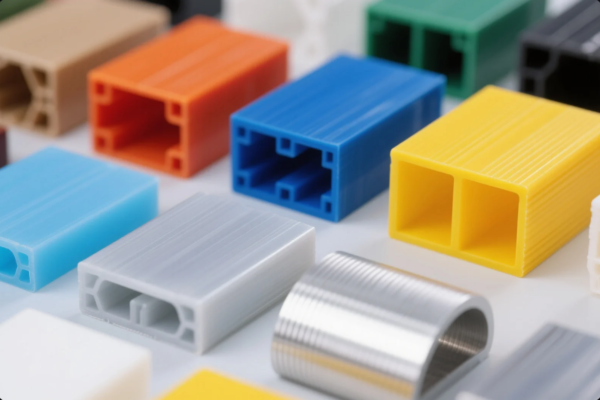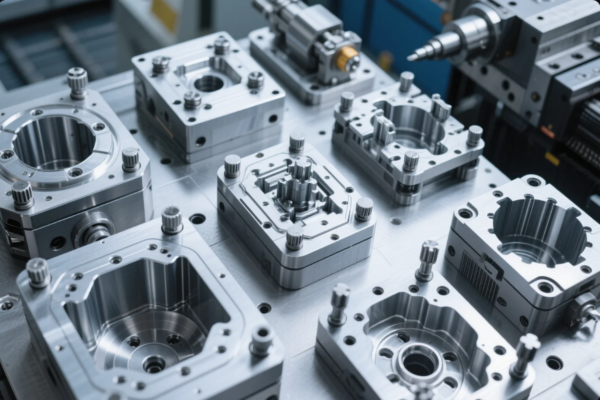What Should You Not Cut With a Laser Cutter?
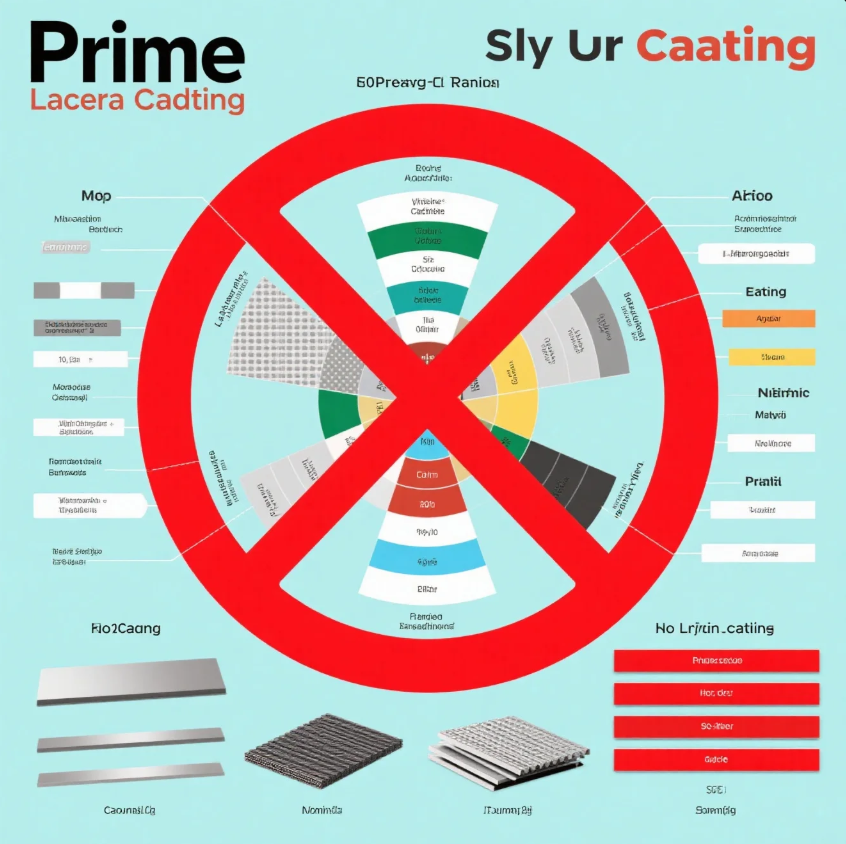
Cutting the wrong material with a laser doesn’t just ruin your part—it can destroy your machine or threaten your safety.
You should never cut PVC, ABS, polycarbonate, fiberglass, or any material that releases toxic gases or melts unpredictably.
At Prime, we’ve handled more than 10 million parts for global clients. Here, we share the most dangerous materials you must avoid—and what to use instead.
Table of Contents
- Which material should you never cut in the laser cutter?
- Which of the following is not suitable for a laser cutter?
- What will a laser not cut?
- What is the main disadvantage of laser cutting?
- Bonus: How Prime Verifies Material Safety
- Conclusion
Which material should you never cut in the laser cutter?
Some materials can seem safe on the surface—but are hazardous under laser heat.
PVC (Polyvinyl Chloride) is the most dangerous material to laser cut. It releases corrosive chlorine gas, which damages lenses and harms human health.
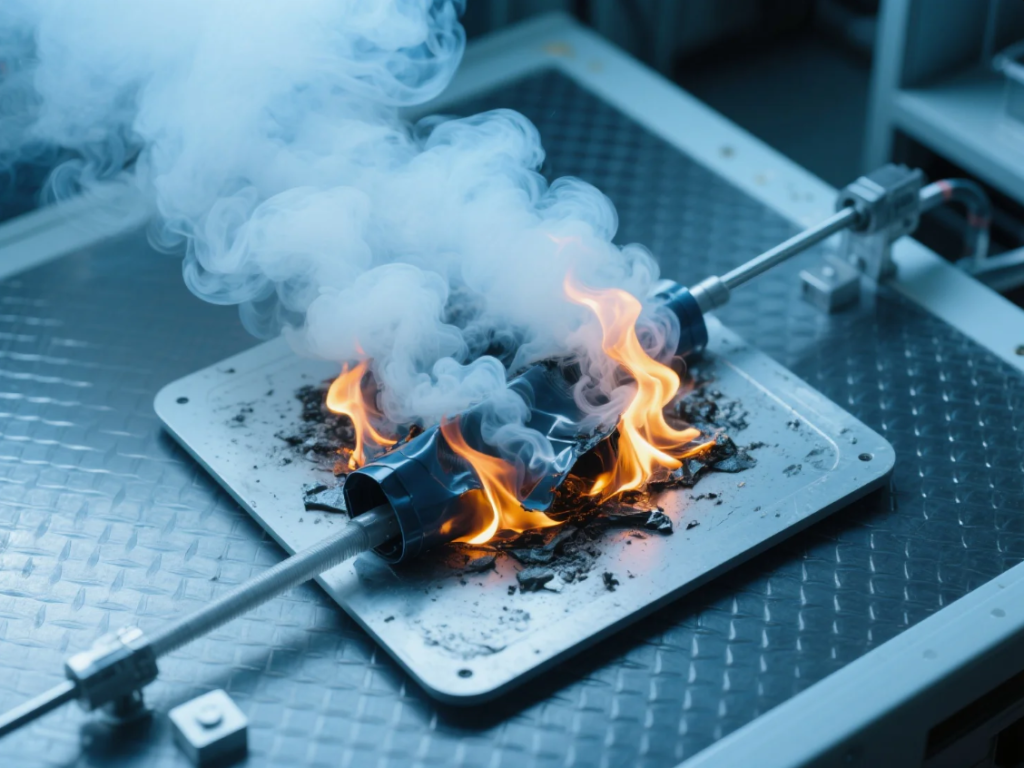
Top materials to never laser cut:
| Material | Danger | Safer Alternative |
|---|---|---|
| PVC | Chlorine gas + machine corrosion | Acrylic (PMMA), PETG |
| ABS | Cyanide smoke + soot buildup | PLA, POM (Delrin), HDPE |
| Polycarbonate | Fires + optical distortion | Cast acrylic, polypropylene |
| Fiberglass | Glass particles + resin fumes | HDPE, coated aluminum |
| Vinyl | Contains chlorine like PVC | Mylar or polyester-based laminates |
| Coated Leather | Chromium VI release | Natural veg-tan leather |
👉 Pro Tip: Don’t rely on appearance. Some white plastic sheets sold as “PVC-free” still contain chlorinated layers. Always confirm with your supplier or get a free material check from Prime.
📚 See: Epilog Laser’s Unsafe Materials List
Which of the following is not suitable for a laser cutter?
People often assume “if it’s plastic and flat, it’s okay.” That’s a common mistake.
ABS and polycarbonate are both unsuitable for laser cutting. They melt unevenly and release dangerous fumes.
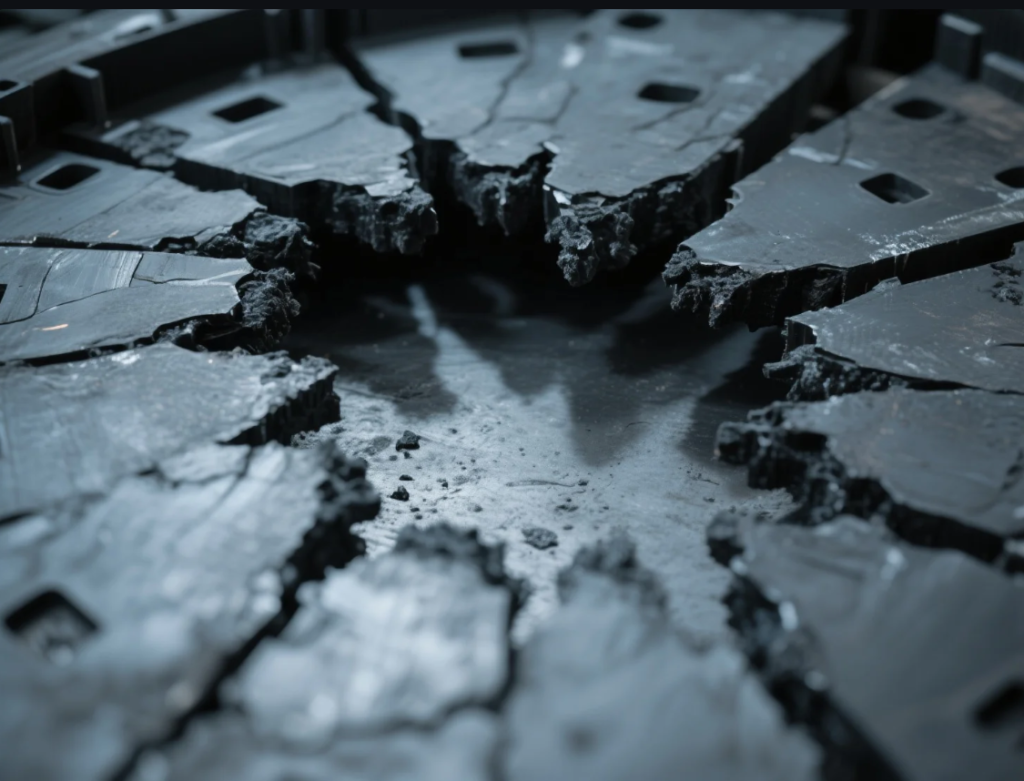
Suitability chart:
| Material | Suitable? | Comments |
|---|---|---|
| Acrylic (PMMA) | ✅ Yes | Clean cut, smooth flame-polished edges |
| MDF | ✅ Yes | Safe if low-formaldehyde, watch for glue types |
| ABS | ❌ No | Melts, smokes, and sticks to lens |
| Polycarbonate | ❌ No | Ignites, doesn’t vaporize cleanly |
| PETG | ⚠️ Limited | Use with reduced power, good ventilation needed |
At Prime, we only use certified laser-grade materials. If a client submits an unknown plastic, we test it using low-power scan passes and visual/smoke behavior analysis.
✅ Tip: Ask your supplier for a material safety data sheet (MSDS) or search by trade name before cutting.
What will a laser not cut?
Laser beams can’t cut everything—especially materials that don’t vaporize well, reflect light, or resist heat by design.
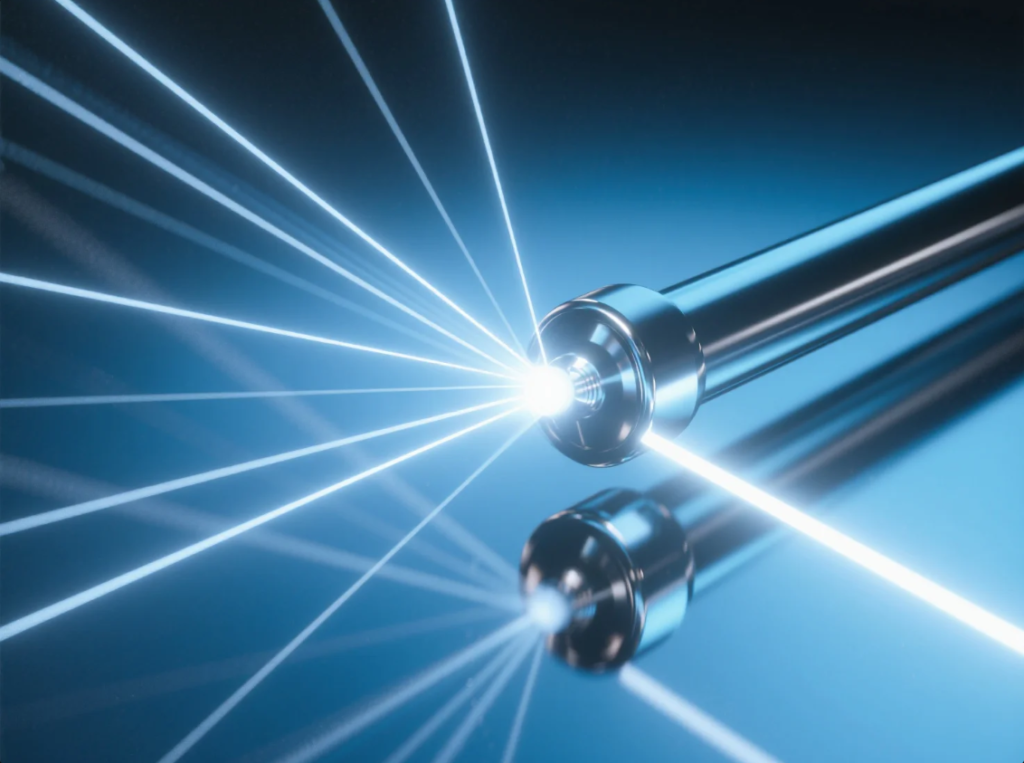
Materials that lasers can’t (or shouldn’t) cut:
| Material | Why It Fails | Best Alternative Process |
|---|---|---|
| Mirror-finish steel | Reflects CO₂ beam | CNC routing or fiber laser |
| Copper or brass | Reflective + thermal conduction | Fiber laser or CNC milling |
| Safety glass (laminated) | Multiple layers + scattering | CNC diamond blade |
| Ceramic tile / stone | Doesn’t vaporize | Waterjet cutting |
| Kevlar / aramids | Flame-resistant by design | CNC knife or ultrasonic cutting |
At Prime, we solve this by offering multi-process manufacturing, combining laser, CNC, and stamping in a single workflow.
External Reference: CO₂ vs Fiber Laser Guide (LaserStar)
What is the main disadvantage of laser cutting?
Despite its speed and versatility, laser cutting has some limits.
The main disadvantage of laser cutting is that it can’t handle thick or complex 3D shapes. It’s a 2D profiling method.

Common laser cutting disadvantages:
- Works only on flat sheets
- Maximum thickness \~25mm for most metals
- Smoke and edge burns on soft materials
- Can’t create threads, countersinks, or 3D detail
- Requires fume extraction and careful layout
| Weakness | Workaround |
|---|---|
| No 3D or internal geometry | Use CNC or 3D printing |
| Burnt plastic edges | Use masking, air assist, or lower wattage |
| Mirror metal reflection | Switch to matte finish or fiber laser |
| Glue flare in plywood | Use laser-grade plywood (low VOC adhesives) |
At Prime, we often laser cut an outer profile, then add holes or threads using our CNC post-processing center. This hybrid method offers speed and precision in one.
Bonus: How Prime Verifies Material Safety
We take material safety seriously—and follow strict steps to verify it.
Our safety process:
- Label Check – All materials must show full composition (e.g., “PVC-free acrylic”).
- Visual Inspection – We check for protective films, coating types, or embedded fibers.
- Low-Power Test Pass – 5W laser sweep across a corner to observe melting, fume color, and smell.
- MSDS Reference – If unclear, we consult MSDS Database or supplier datasheets.
- Client Notification – If rejected, we provide safe alternatives and pricing options.
🛡️ For export clients, we also provide REACH, RoHS, and ISO material traceability on request.
Conclusion
Avoid laser-cutting PVC, ABS, polycarbonate, and fiberglass—they are unsafe, difficult to handle, and damaging to machines.
Choose certified acrylics, PETG, MDF, or plywood instead—and always verify unknown materials with a trusted supplier.
Still not sure if your material is safe to cut?
Contact Prime for a free review, cutting recommendations, and safer material options.
- ✉️ Email: [email protected]
- 🌐 Website: https://primecustomparts.com
From laser-cut plastics to metal brackets, Prime helps you choose the right process, avoid danger, and get it done right the first time.

